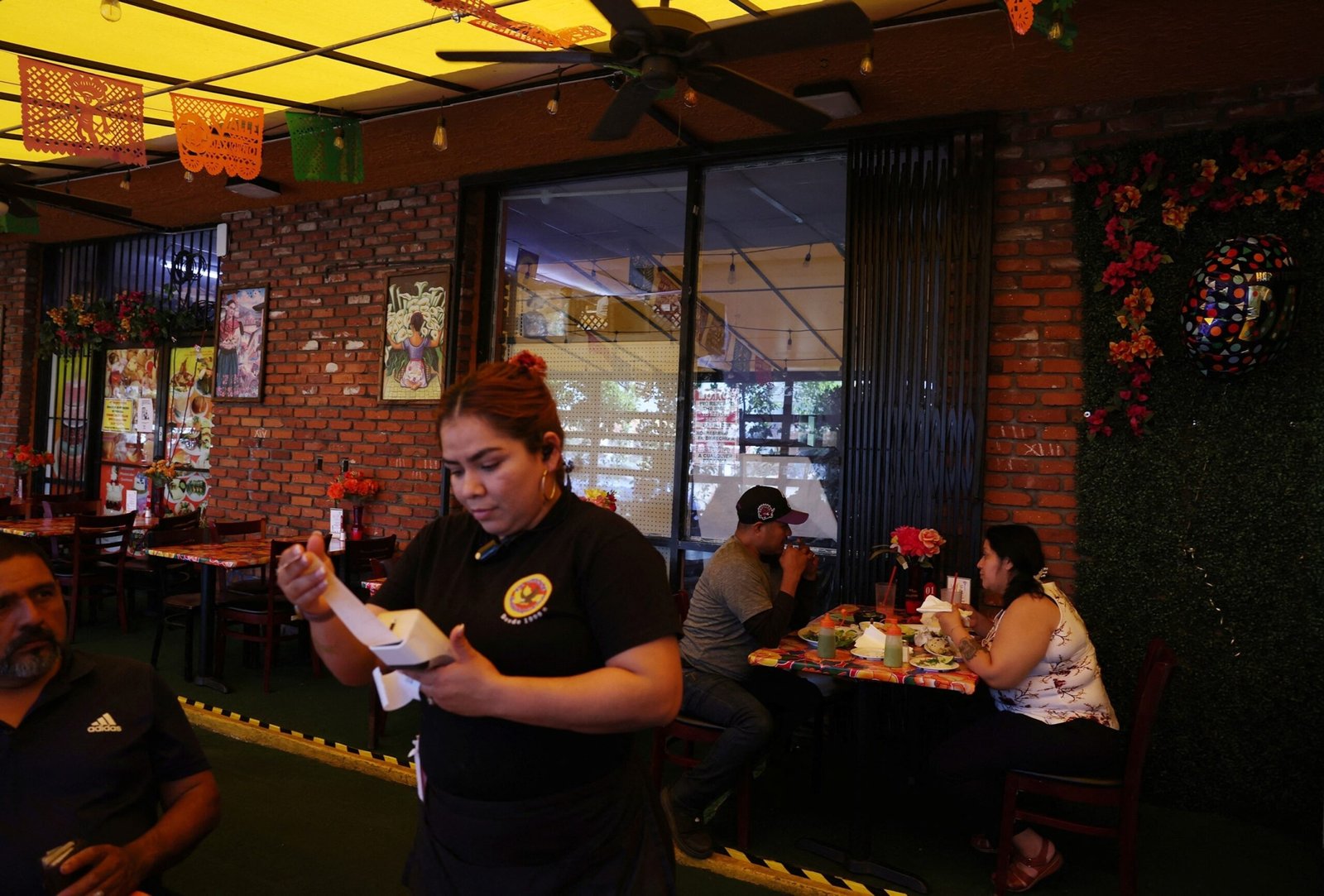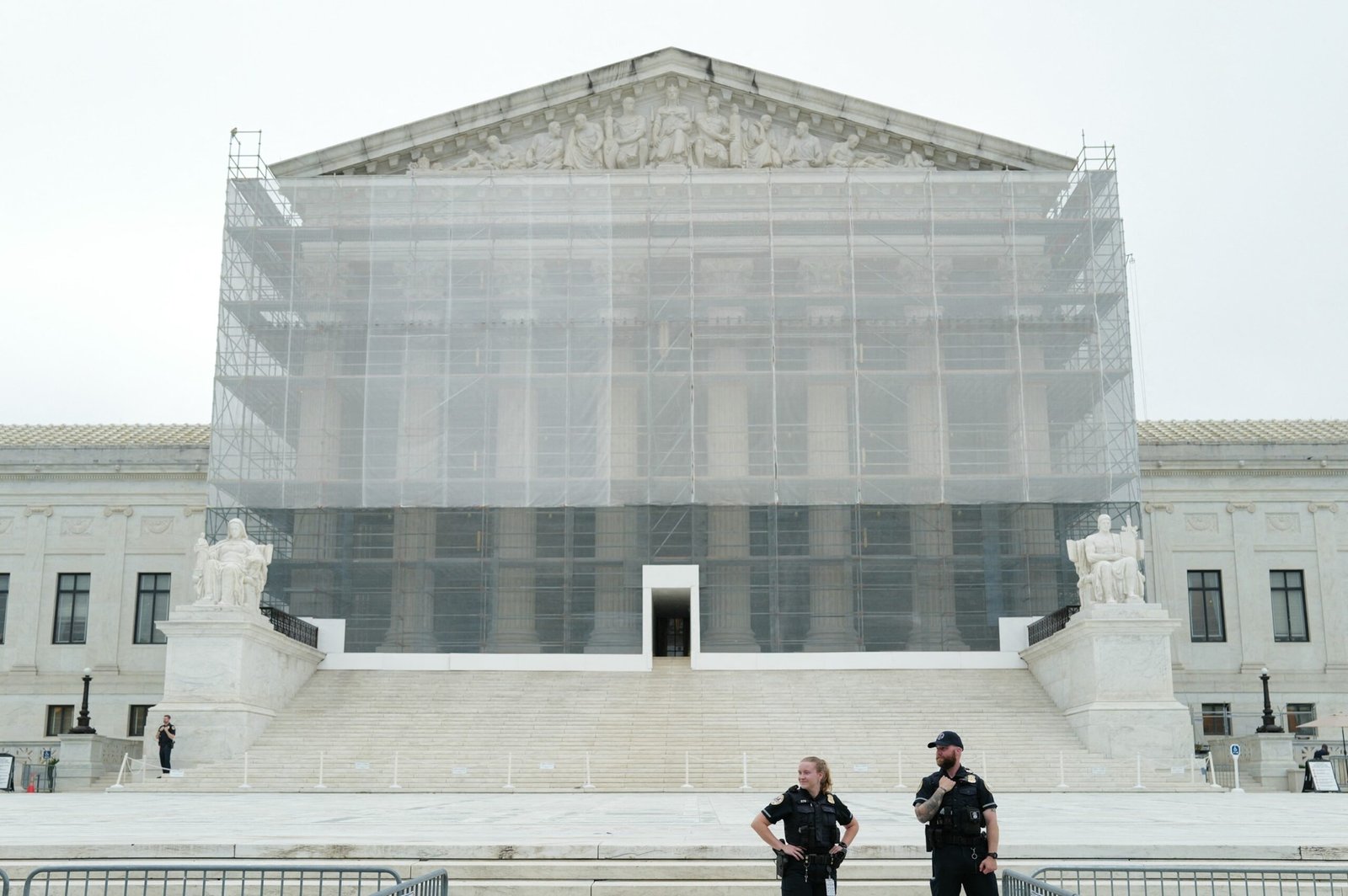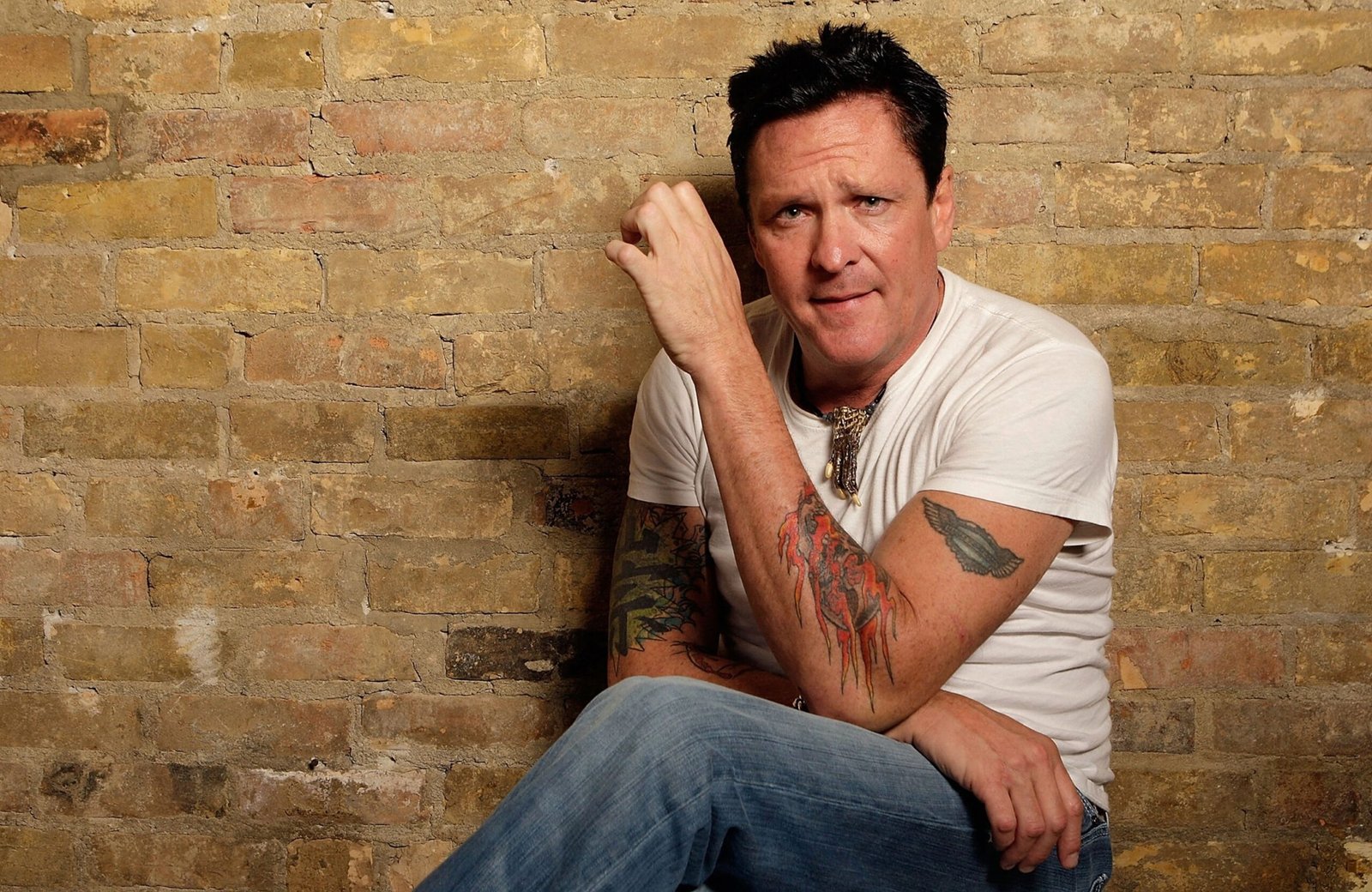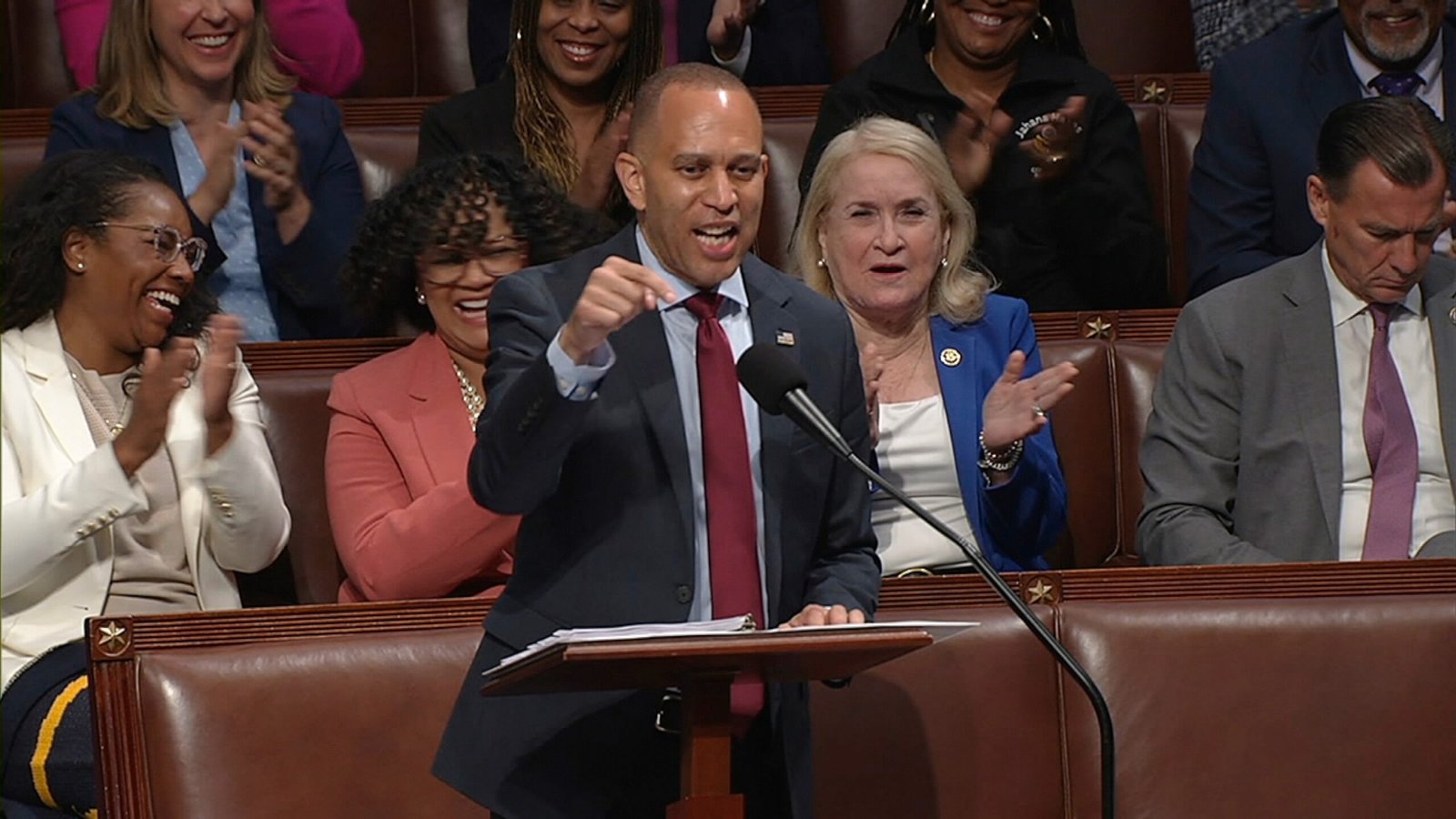A job report that will be published on Thursday will show whether a deceleration of the hiring continued in June as the companies resisted the uncertainty about the rates of President Donald Trump.
The key measures of the economy have proven to be resistant in recent months, challenging the fears of resurgent inflation and a possible economic recession. The hiring has maintained a solid rhythm, although slower, humming with less interruption than some economists expected.
The forecasts hope that the United States has added 110,000 jobs in June, which would mark continuous growth, but a drop of 139,000 jobs added a month earlier. Such performance amounted to a descending change of almost 180,000 jobs created in the previous month.
New data is established less than a week before a deadline established by the Trump administration for the end of dozens of commercial agreements with countries that face the threat of the so -called “reciprocal tariffs.”
Until now, the White House says it has reached commercial agreements with the United Kingdom and Vietnam, as well as a preliminary agreement with China.
In recent weeks, Trump has delayed some of his most steep rates. Another lot of rates is found in the legal limbo after a couple of rulings of the Federal Court in May, although the taxes remain in place for now.
Prices accelerated slightly in May, the most recent month for which these data are available, but inflation remains close to its lowest level since 2021.
However, warning signals point to the possibility of high prices in the coming months. Retailers nationwide such as Walmart and Best Buy have expressed alarm about the possibility that prices can raise as a result of encumbrances.
The Fed maintained its stable reference interest rate last month, continuing with a waiting and view approach adopted by the Central Bank in recent months, since it observes the possible effects of Trump’s tariff policy. Four meetings and six months have passed since the last time the Fed adjusted interest rates.

People eat in a Mexican restaurant in Los Angeles, on June 17, 2025.
Pilar Olivares/Reuters
The Fed is guided by a double mandate to maintain inflation under control and maximize employment. In theory, a decrease in interest rates could help stimulate economic activity and increase employment, especially while inflation remains low.
Powell, in recent months, warned about the possibility that tariffs can cause what economists call “stagflation”, which is when inflation increases and the economy slows down.
The stagflation could put the central bank in a difficult position. If the Fed increases interest rates as a means to protect against inflation induced by the rate in this scenario, run the risk of querying loans and slowering the economy further.
On the other hand, if the Fed reduces rates to stimulate the economy against a potential deceleration, threatens to increase spending and make inflation worse.
On Tuesday, Powell seemed to indicate an openness to reduce interest rates as soon as this month.
When asked about a possible interest rate cut at the next Fed meeting, Powell said: “He would not take any meeting from the table or put any on the table. It depends on how the data evolves.”
Powell said that most members of the Fed Policies Board support additional interest cuts this year. The Central Bank will hold four rates setting meetings in the rest of 2025, and the first will happen on July 29 and 30.
“Most of us believe it will be appropriate in the remaining four environments of the year to start reducing rates again,” Powell told the audience in the European forum of the Central Bank in Sintra, Portugal.





